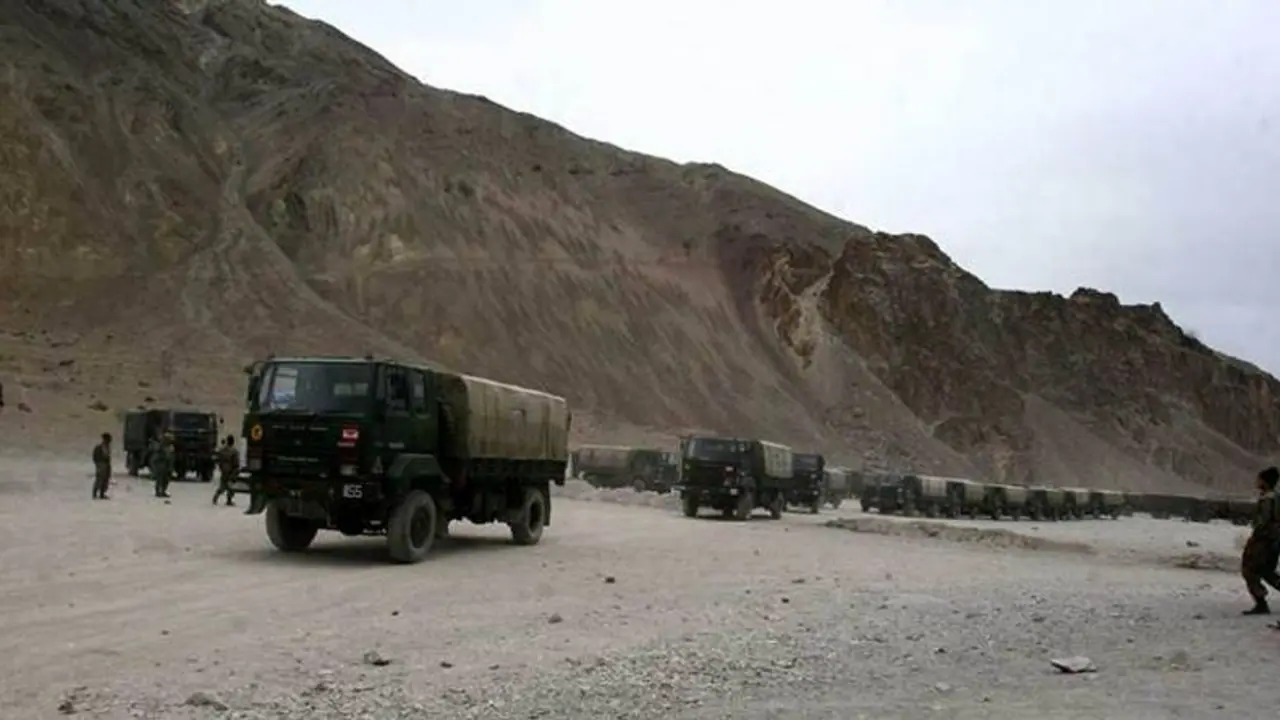Just three days ago, a satellite image showed China had built a fully functional village east of the Doklam plateau on the Bhutanese side, a territory considered important for India's strategic interest.
Days after the military commanders of two Himalayan giants held their 16th round of talks to resolve the border standoff in eastern Ladakh that ended inconclusively, the Xi Jinping administration has revealed its plan to construct a new highway named 'G695' which will pass through Aksai Chin, the area which India has been claiming since long.

The G695 highway connecting Xinjiang and Tibet will be constructed as part of China's further boost to its strategic position in the disputed region.
Also Read: New Chinese village east of Doklam makes Opposition see red
It should also be noted that just three days ago, a satellite image emerged showing China had built a fully functional village east of the Doklam plateau on the Bhutanese side, a territory considered important for India's strategic interest.
This is the same region where the armies of India and China were engaged in a 73-day border standoff at the Doklam tri-junction. China had then tried to build a road inside the Bhutanese territory.
Stating that the country is taking all necessary measures to safeguard its interests, foreign ministry spokesperson Arindam Bagchi told media persons during his weekly press briefings that the government was keeping a constant watch on all developments having a bearing on its national security.
There are 345 construction plans proposed in China's new national programme. As per the Hong Kong-based South China Morning Post, China has set a target to construct a total of 461,000 km of highways and motorways by 2035. It wants to revive its faltering economy and boost consumer spending through infrastructure investment.
Before this, Beijing had constructed a national highway in the Aksai region in the 1950s named 'G219'. China controls 38,000 sq km of land that India has been claiming.
However, the details of the construction are yet to be revealed. As per the experts, the highway may also go near hotly-contested areas such as the Depsang Plains, Galwan Valley and Hot Springs on the LAC.
Also Read: Revealed: China's gameplan to counter India's 'secret force' along LAC
Strategic expert Major Gen Sudhakar Jee (R) told Asianet Newsable that consequent to the Doklam stand-off in 2017 resulting in Indian troops blocking the construction of a road by Chinese to Jhamperi ridge from Doklam plateau, China has built infrastructure between 9-27 Kms from the point where Indian troops had stopped them.
"There are 200 buildings in six places, as per satellite pictures, over the said distance, that China has built. There is a 9 Km road through the Pangda village well away from the stand-off area, possibly meandering its alignment towards the Jhamperi ridge from another direction so as to dominate the Siliguri corridor by observation and fire," he said.
"The Siliguri Corridor extending over 200 Kms West-East and 16-60 Kms North-South, India's Chicken neck, with a crow-fly distance of 12-17 Kms from Jhamperi ridge can be choked effectively by Chinese during the conflict. Being the gateway to seven northeastern states, the Corridor to be operational must be dominated at vantage or strategic locations to provide depth to it from Bhutan, Bangladesh and Nepal," Maj Gen Sudhakar Jee said.
He is of the opinion that New Delhi must prevail upon Bhutan to stop the road diversion through Pangda village being constructed by China and developed towards Siliguri Corridor at all costs.
Both Beijing and Delhi have further stepped up their infrastructure development over the past two years in their efforts to improve logistics capabilities along the LAC in the Himalayas.
Also Read: New bridge in area illegally occupied by China, says India
